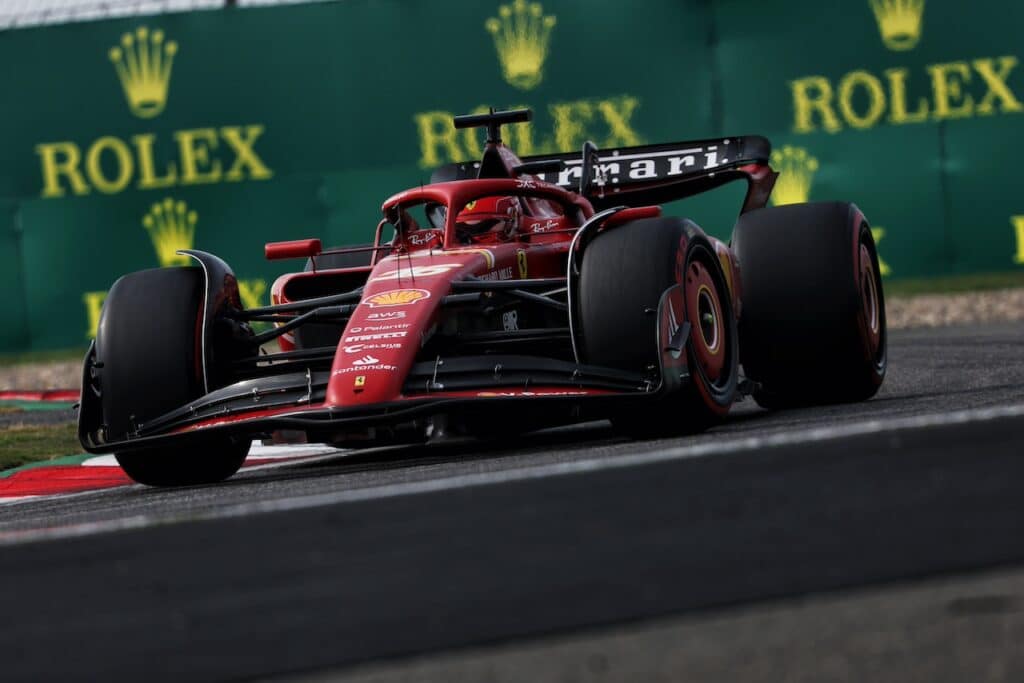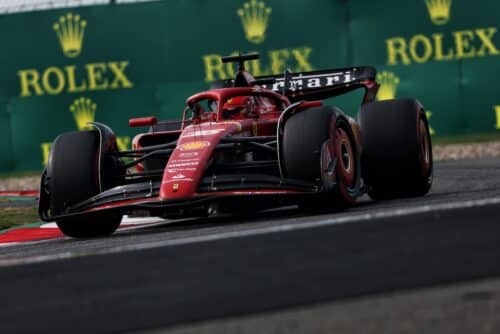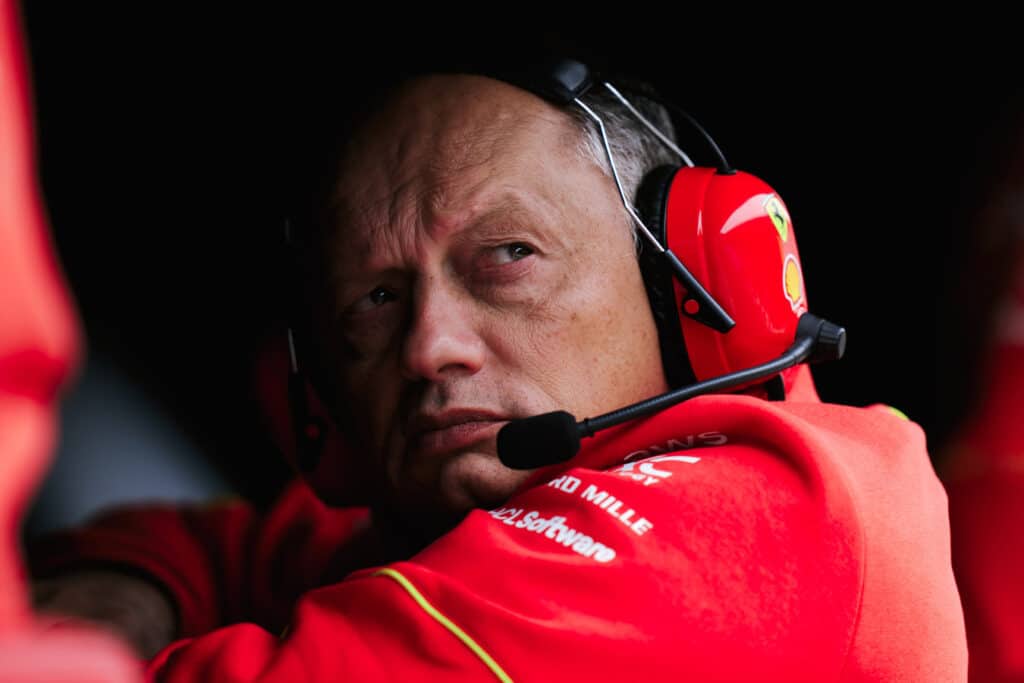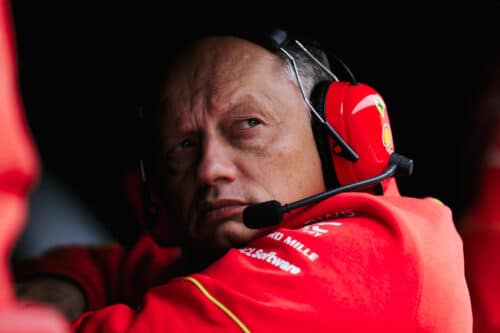F1 | The reasons that pushed the FIA to reject the request for review of Vettel's disqualification
Aston Martin failed to convince the stewards as the new evidence was not deemed relevant
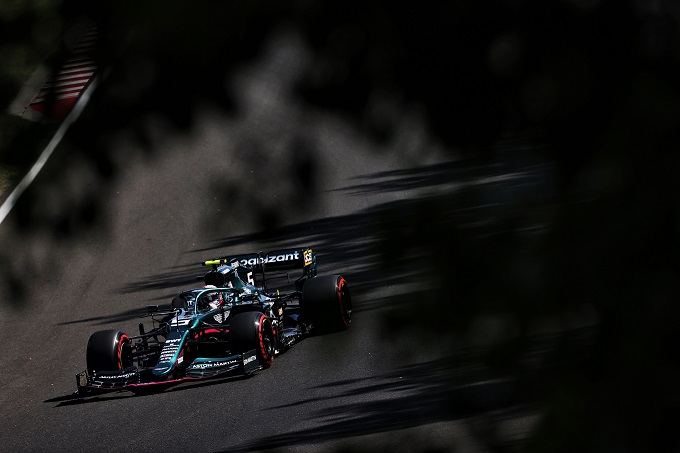
The Hungarian Grand Prix had given mixed sensations to Sebastian Vettel and Aston Martin, thanks to a good second place achieved on the track in an unpredictable race full of twists and turns. A few hours after the end of the race, however, a cold shower arrived, as the stewards were forced to proceed with the disqualification of the Heppenheim driver for an infringement detected during the usual checks carried out after the checkered flag.
Despite the multiple attempts made by the mechanics to unblock the situation, the impossibility of being able to extract the one liter sample of fuel necessary for the checks from the tank had left no other possibilities, leading to Vettel's exclusion from the ranking, as foreseen in case of violation of the technical regulation. In an attempt to overturn the stewards' decision, on Thursday 5 August the English team had decided to present both an appeal and a request for a review of the penalty, in the hope that the new evidence provided by the theme could bring their standard bearer back into the rankings. official, thus recovering the podium achieved at the Hungaroring. An understandable choice considering the points at stake, although convincing the Federation to retrace its steps undoubtedly would not have been a simple undertaking, especially bearing in mind that the margins for maneuver seemed rather limited. According to Aston Martin's estimates in the hours following the conclusion of the Grand Prix, calculated thanks to the flow meter readings, car number 5 should have had a total of 1,74 liters of fuel, from which, however, the Federation had been able to extract only 0,3 litres, thus bringing the quota to 1,44 litres. Precisely for this reason, at least initially, the technicians of the Silverstone team had not given up, certain that there was still a sufficient quantity of petrol left in the specific compartment to pass the checks, despite the fact that they had not been able to recover those 700 milliliters remaining.
In order to build an effective defense, the first step was to take a few days and calmly analyze the accumulated data, so as to be able to confirm a possible malfunction of one of the systems and understand the causes, placing this element at the center of one's own strategy which, to be approved by the Federation, had to contain new significant and relevant elements that were not available at the time the decision was taken by the commissioners. The hope was that by bringing new evidence during the hearing for the request for review of the sanction, the case could be resolved quickly, faster than that needed for an appeal to the FIA International Court. Evidence that Aston Martin thought it had, because from the analyzes carried out in the days following the Grand Prix it emerged that less than a liter of fuel remained in Vettel's car, but also that this was due to a fault in the fuel system. While this did not change the fact that the rules had been breached, the England team believed that there were clear technical reasons behind the problem and that, as a result, no "performance advantage" had been deliberately taken, as the team suggested. statement with which the stewards had communicated the German's disqualification.
Specifically, the Silverstone team's analyzes had highlighted how "on car number 5 there had been a malfunction in the fuel system", due to a loss of pressure inside the tank. The cells that contain the fuel, in fact, are slightly pressurized and have a system inside them for the passage of air, in order to constantly keep them at the desired value based on the quantity of petrol present. According to what was found by the Aston Martin technicians, what triggered the sequence of events was the probable damage to the relief valve of this system, which would have led to a loss of pressure inside the tank and the subsequent activation of the pump in input at its maximum power to try to compensate for the imbalance that had been created. Unfortunately, however, all that air pumped into the cell had inadvertently caused a significant amount of gasoline to leak out unintentionally, thus reducing the fuel remaining on board. A rather rare technical failure, so much so that several days were needed to analyze in detail the data available to the team before reaching a conclusion: "Whether this evidence presented to the stewards can be considered a new element depends on how the term is applied new, whether to the telemetry data itself or to the possibility of analyzing and interpreting it. Telemetry data was available immediately after the ride. However, Aston Martin confirmed that an accurate analysis, interpretation and evaluation of the data was only possible subsequently, given the amount of data and their complexity" – explained the commissioners in the official document, suggesting how the elements illustrated by Otmar Szafnauer and his staff could be classified as new evidence and, therefore, satisfy one of the key points of the request for review -. “In any case, the analyzes carried out by Aston Martin brought to light new elements, namely that there had been a malfunction in the fuel system which led to the release of fuel during the race,” the stewards added.
Precisely for this reason it was possible to obtain a sample of only 0,3 liters during the checks, a quantity significantly lower than what the team had initially estimated: "At the first hearing on 1 August 2021, Aston Martin had declared that, according to the their completed calculations used the Fuel Flow Meter (FFM) and taking into account the amount of fuel on board car number 5 before the race, there should still have been 1,44 liters left after the race, so a one liter sample could have been extracted fuel. However, as Aston Martin now explains [during the review request hearing on 9 August], an analysis of various data carried out after 1 August 2021 showed that there was actually less than 1 liter left at the end of the race due to a malfunction that initially went unnoticed in the fuel system", we read in the document issued by the commissioners on Monday.
Although the accurate description of the technical problem had satisfied one of the requirements, there was still another to ascertain, namely whether the new elements were significant and relevant. According to the technical regulations, each team must be able to ensure that one liter of fuel can be taken from the car to complete the necessary analyses, as stated in article 6.6.2: “Competitors must ensure that a sample of one liter of fuel can be extracted from the car at any time during the event”. This is necessary on the one hand to verify the regularity of the fuel according to well-defined parameters, and on the other to confirm that the fuel used during the race weekend is of the same specification compared to a formulation previously approved by the FIA. Although during the first hearing Aston Martin had indicated that there should still have been 1,44 liters of fuel in the single-seater's tank, not having the new information available and the effective demonstration that that petrol was actually on board, the commissioners had decreed the disqualification based on the impossibility of obtaining the sufficient quantity for the checks, leaving aside the reasons that had led to this situation. The hope of the English team was that, after having illustrated a long and detailed analysis on why this had not been possible, the stewards could take these elements into consideration, going beyond the literal interpretation of the regulation. The stewards, however, remained on the same page, clearly explaining their reasons: “In the original decision, the Stewards only assumed the fact that there was not enough fuel in the tank. The question of what had caused this situation had not been considered. Article 6.6 in its entirety and Article 6.6.2 of the Formula 1 Technical Regulations unequivocally require a residual quantity of 1 liter and does not allow for any exceptions under what circumstances or for what reasons this cannot happen,” reads the official document. .
“Therefore, in assessing whether the 1 liter requirement had been met or not, it makes no difference as there was less than 1 liter on the car. There may be a couple of explanations as to why at the end of a race there wasn't enough left over. In any case, it remains the sole responsibility of the Competitor [of the team] to ensure that the car always complies with the regulations (Art. 3.2 FIA International Sporting Code) and cannot be defended by claiming that an advantage in terms of performance has not been obtained (Art 1.3.3 FIA International Sporting Code). In order to state a fact as relevant, Aston Martin would have had to confirm that in fact there was more than 1 liter of fuel left on board. The explanation of why this requirement was not met is not relevant to deciding whether a violation of the rules has occurred,” the commissioners then added, explaining why they were forced to reject the request for review.
Essentially, therefore, the decision followed the same path traced with the hearing on 1 August which had led to the disqualification of the German, with the lack of a liter of fuel as a necessary requirement to pass the checks. If Aston Martin had managed to demonstrate that there was actually still enough fuel in the car for the analysis, in that case it would most likely have managed to overcome the first obstacle, defining the request for an inspection as admissible. This does not mean that the representatives of the Silverstone team would have managed to overturn the sentence in the subsequent hearing, given the complexity of the case and the limited margins for maneuver, but there would still have been enough elements to be able to create a stronger defense strategy and complete compared to the one with which she actually presented herself on Monday. “We believe that the evidence we presented was relevant and we demonstrated to the FIA that [Vettel] should have been reinstated [in the standings] following his disqualification. Unfortunately, the FIA viewed the matter differently and, despite the fact that the accuracy of our new evidence was not disputed, Sebastian's disqualification was upheld as the new evidence was not deemed relevant. This is disappointing and we will now examine our position regarding the appeal request”, explained Szafnauer in the evening, however maintaining a certain reserve on what the team's final decision could be regarding the appeal request presented a few days ago. The bases for the appeal, in fact, are different from those necessary to obtain a request for review, an element that could allow the team to arrive before the Paris court with different evidence from that presented to the commissioners on Monday, attempting to leverage on the quantity extracted, on the malfunction of the system and on the fact that it was not a deliberate choice, as he had initially suggested about Szafnauer himself. Given the outcome and the explanations provided during the hearing of the review request, however, the margins for maneuver continue to be extremely limited and this could lead the team to give up and withdraw the appeal.
if you want to always be updated on our news
Follow us here


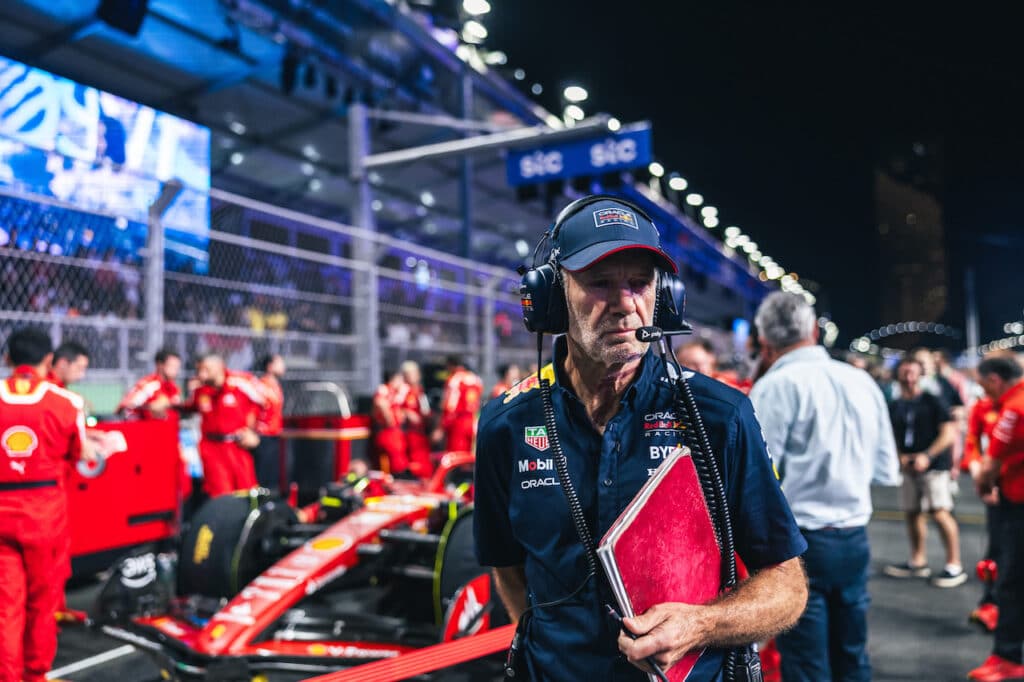
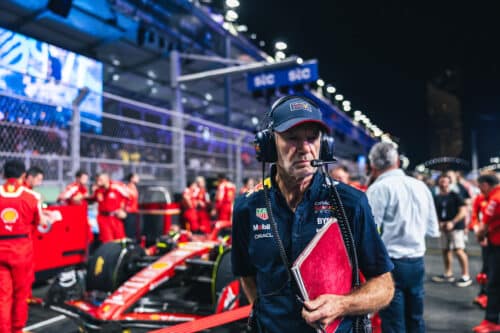

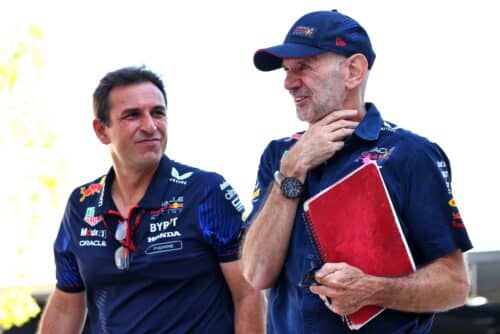



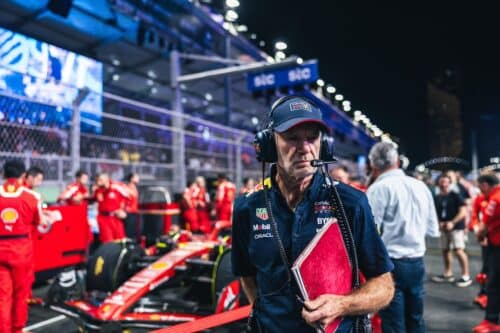
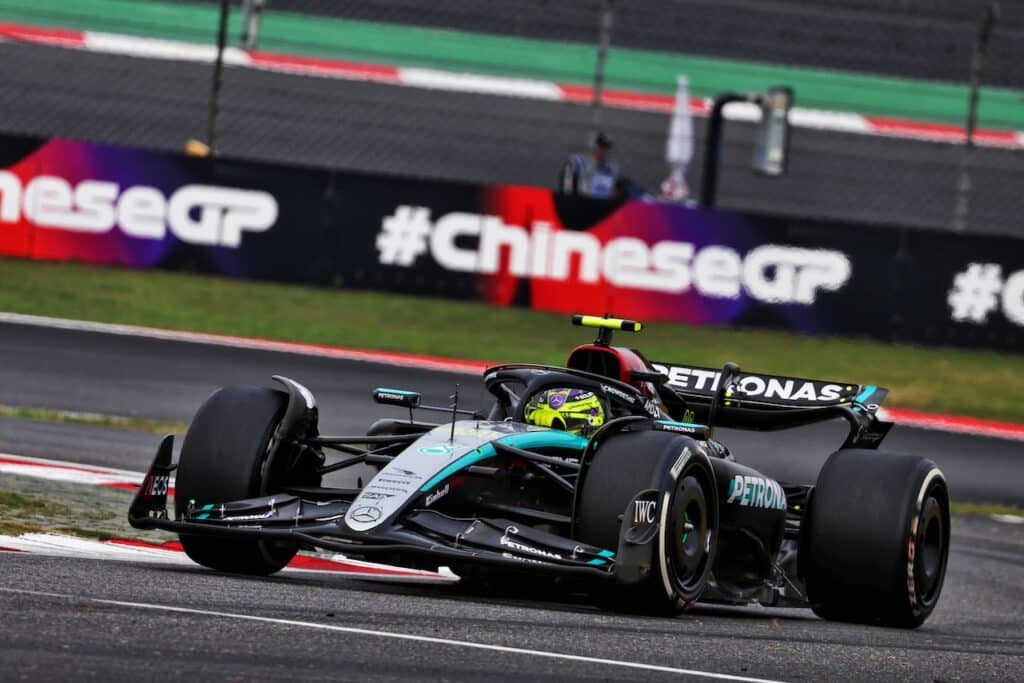
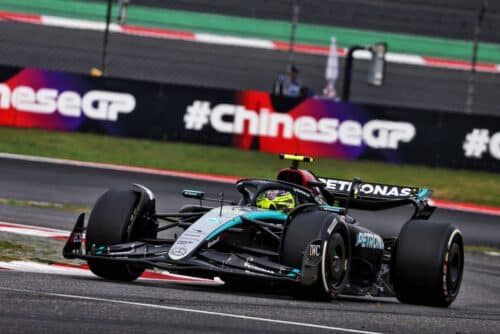
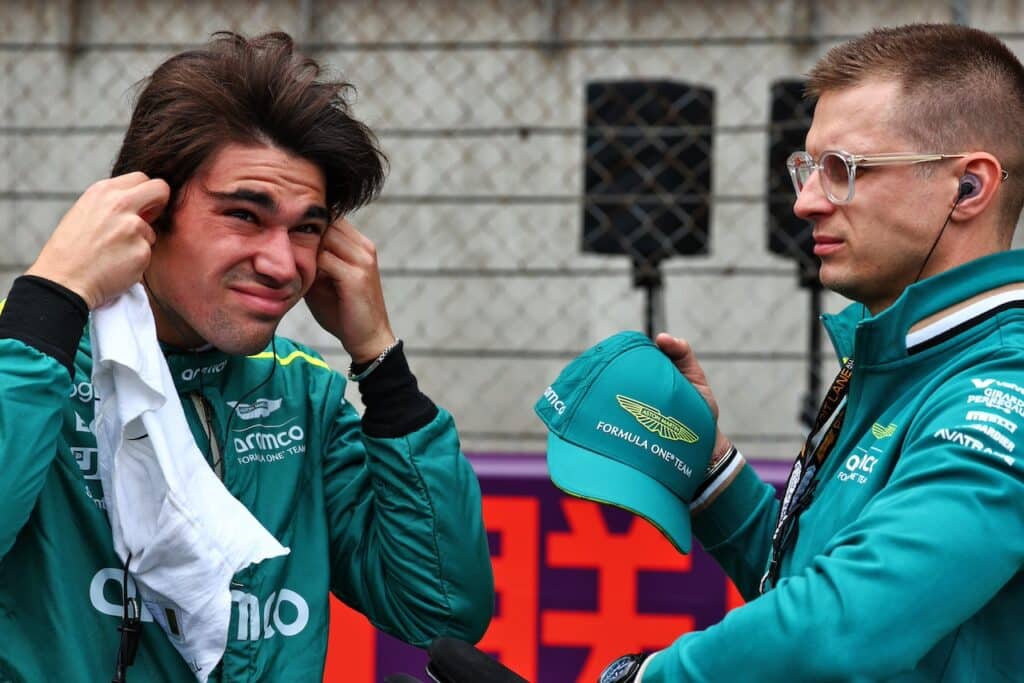

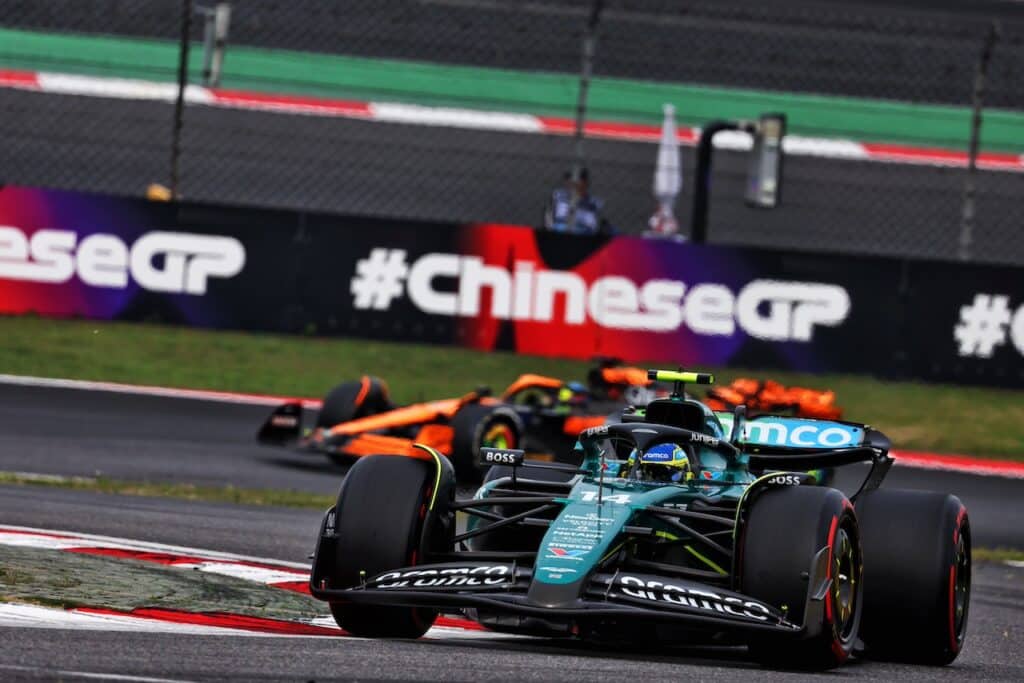

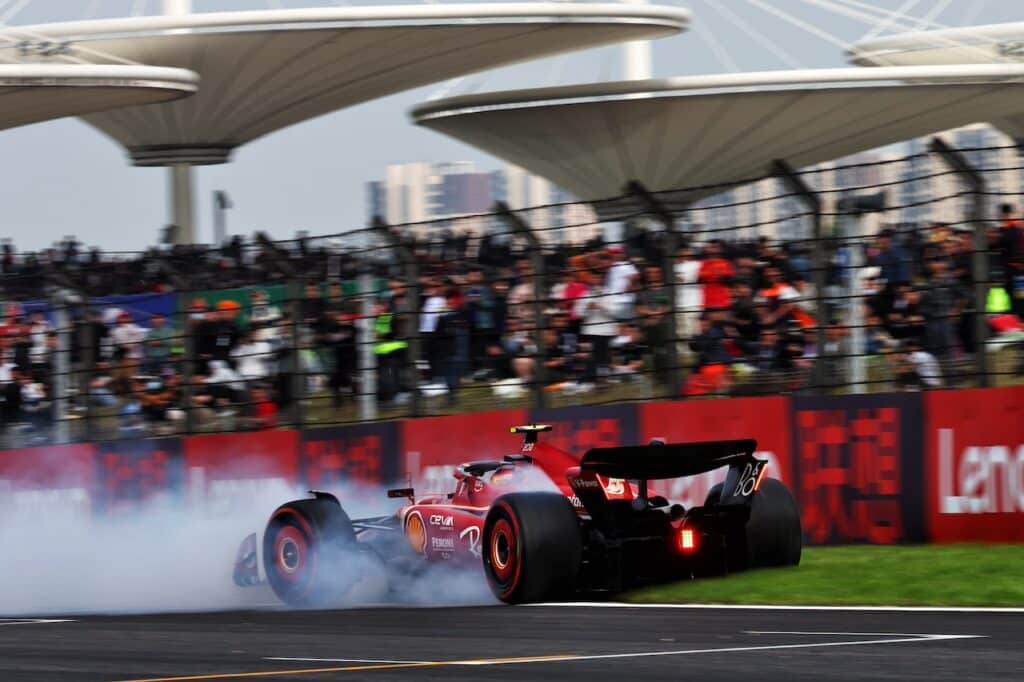
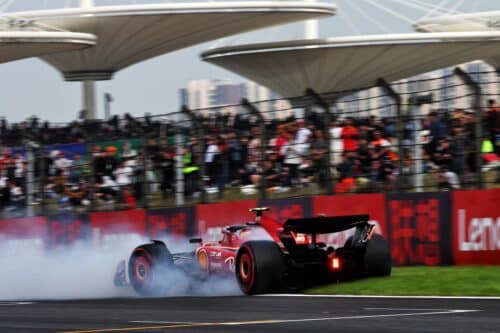
![Formula 1 | Focus: the special liveries in the history of Ferrari [PHOTO]](https://f1grandprix.motorionline.com/wp-content/uploads/2024/04/focus-ferrari7-1-1024x680.jpg)
![Formula 1 | Focus: the special liveries in the history of Ferrari [PHOTO]](https://f1grandprix.motorionline.com/wp-content/uploads/2024/04/focus-ferrari7-1-500x332.jpg)
